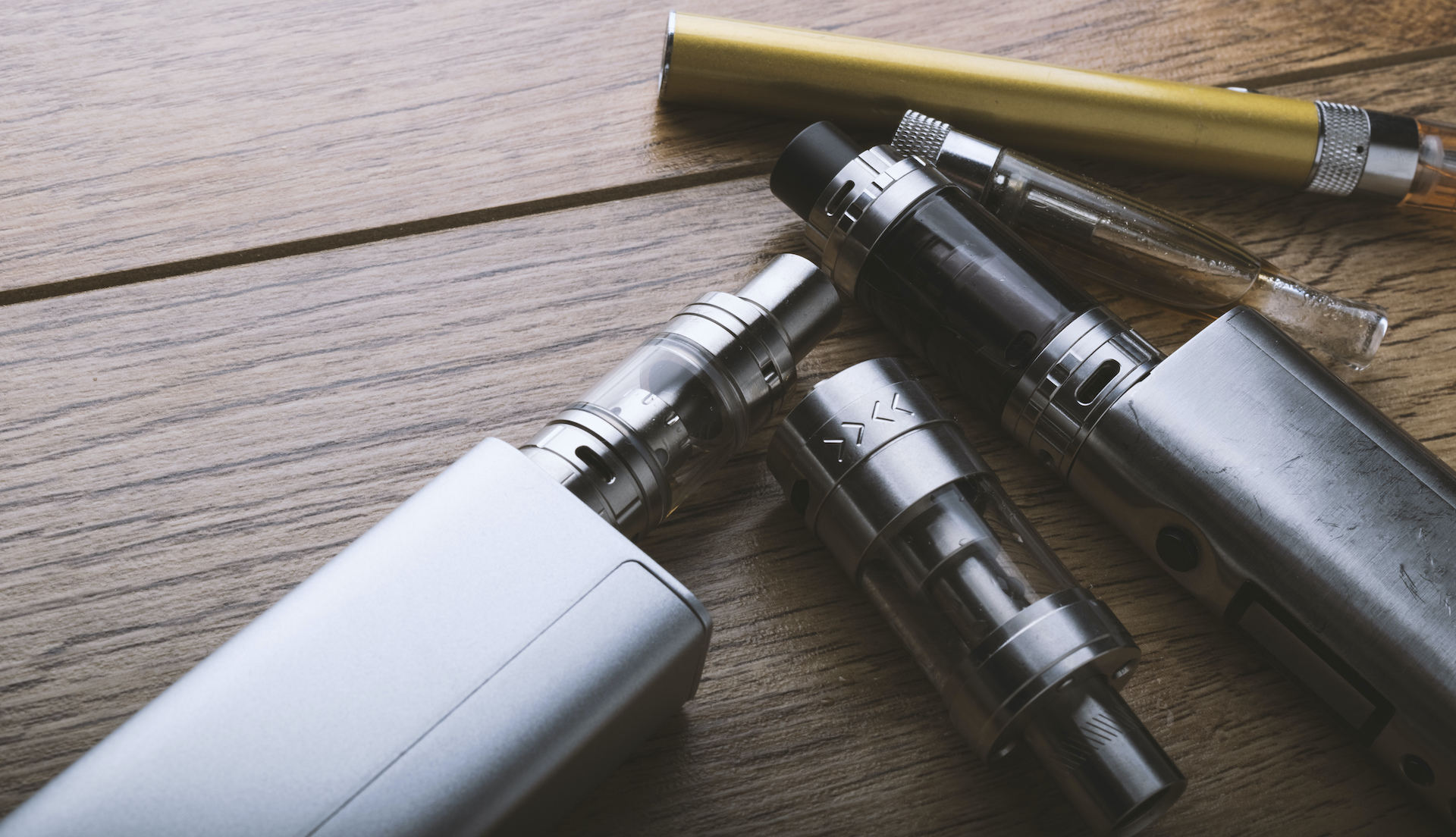Despite being a significant health hazard, the use of tobacco products is ever increasing and tobacco manufacturers are now coming up with a range of unique, unconventional, easy-to-use products that are far more attractive than their earlier counterparts. Notable among these products are:
- Dissolvables – These products have a candy-like appearance and are available in different flavours.
- Snus – A traditional Swedish smokeless tobacco product made from moist, finely ground tobacco. It is available in different flavours and sold in small sachets or loose form.
- Electronic cigarettes (e-cigarettes or ENDS – electronic nicotine delivery devices) – These are perhaps, the most popular type of tobacco products, especially in teenagers. These are known by various names such as ‘’e-hookahs’’, ‘’mods’’, ‘’vape pens’’, and ‘’tank systems’’. E-cigarettes are battery-powered devices that work by heating the liquid into an aerosol that the user inhales and exhales which simulates tobacco smoking. The e-cigarette liquid (also known as e-liquid) typically contains nicotine, propylene glycol, glycerin, flavourings, and other chemicals. These are available in various fruit and sweet flavours.
The rising incidences of nicotine poisoning in children
Besides the growing popularity, another big concern about e-cigarettes is the accidental poisoning in children caused by them. Since e-liquids come in a variety of enticing flavours such as cherry, chocolate, gummy bear, and bubble gum, these are highly appealing to children. Further, most e-cigarettes are ‘’open’’ systems to allow the user to add the e-liquid manually to a refillable tank, increasing the risk of easy access to young children. As a result, the cases of nicotine poisoning in children due to tobacco products have shot up dramatically in the last few years. The Center for Disease Control and Prevention stated in 2013 that on average, 50,000 cases of unintentional poisoning were found among children below age six every year and most of these cases were related to tobacco products. Being an acute toxin, nicotine, if swallowed or exposed to the skin can cause serious symptoms – from mild nausea and vomiting to respiratory arrest, seizures, and even death.
Revisiting packaging of tobacco products
To mitigate the problem of tampering and unintentional consumption of nicotine products by children, tobacco manufacturers have started paying special attention to their product packaging. Regulatory bodies and policymakers are working on legislation mandating child-resistant packaging for e-cigarettes and other such products. In January 2016, special packaging standards were expanded to include e-liquids through the Child Nicotine Poisoning Prevention Act in the USA.
While child-resistant packaging makes sure that children below the age of 5 years do not access the harmful material for a reasonable amount of time, they do permit adults to open the packaging easily. One such example is packing e-liquids in press-and-turn closures similar to aspirin packaging. Since e-cigarettes are available in a plethora of designs and contain tobacco-derived nicotine or synthetic nicotine in different concentrations with other different ingredients, the packaging is also diverse as single-use disposables, multi-use rechargeable vaping devices, and larger tank-based systems. Bottles generally contain 15 mL to 30 mL of liquid. Often, different size containers are provided for different strengths at the same store. Bottles have caps of different colours for identification and side seals to ensure tamper-free content. Carded blister packs are also used for packaging e-cigs.
Several states in the US have introduced legislation for child-resistant packaging of e-liquid products. According to these rules, on receiving each e-liquid container, packaging details are noted, including how the package was closed (i.e., a child safety cap) and whether it had a seal on the lid to prevent tampering. It is the responsibility of the pharmacist to check if the products are meeting the special packaging guidelines. Usually, a minimum of 50 children under the age of 5 years is required to undergo the test for opening containers to ensure they are child-resistant.
The bottom line
Although the innovative designs of tobacco products on the market are aimed to attract more adult consumers, this strategy has backfired luring small kids as well, leading to fatal consequences. Child-resistant packaging is likely to play a crucial role in reducing nicotine exposure and mortality in children. Establishing and implementing strict guidelines in this regard by the authorities seems to be the effective way to tackle the challenge at hand and ensure the safety of children.

